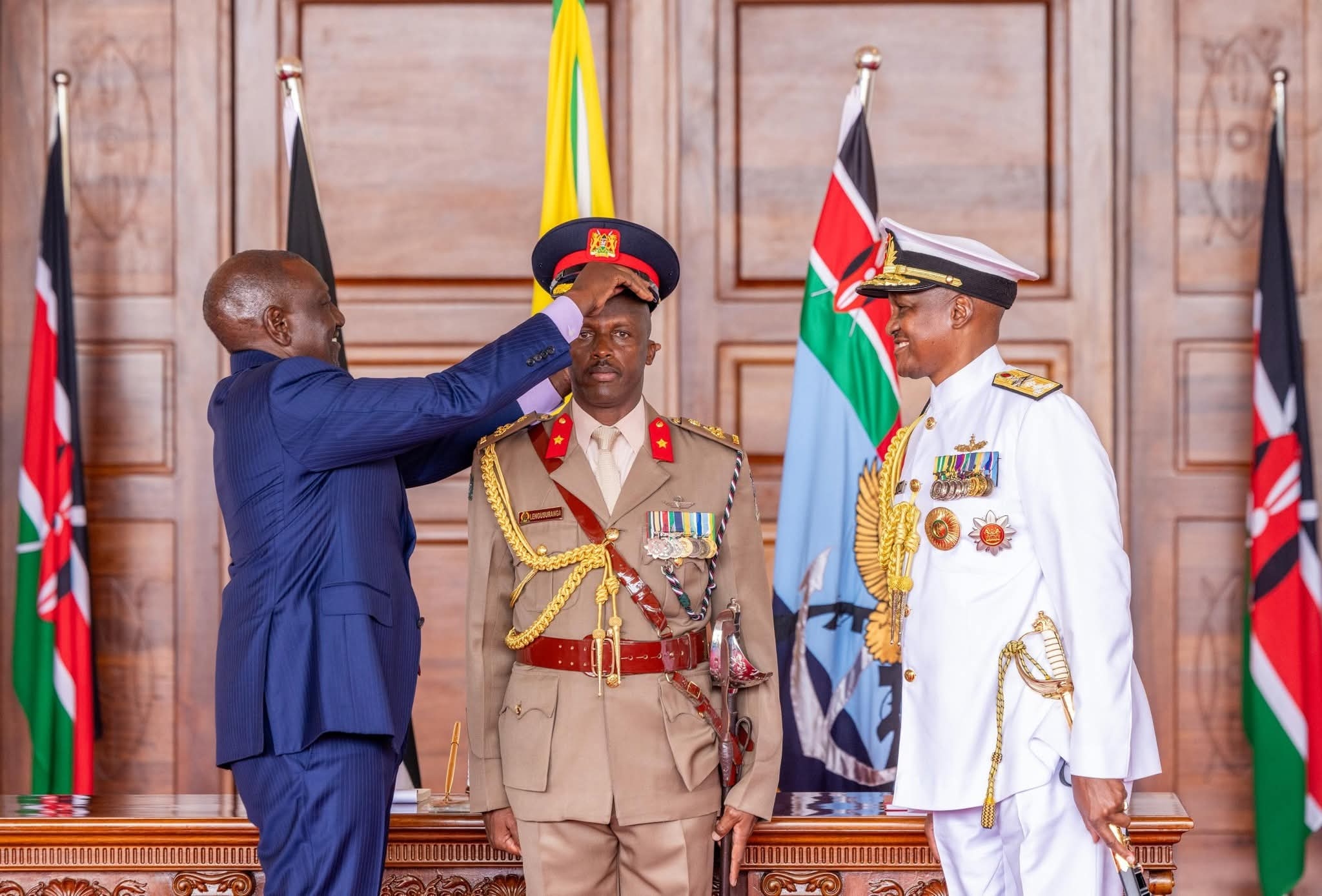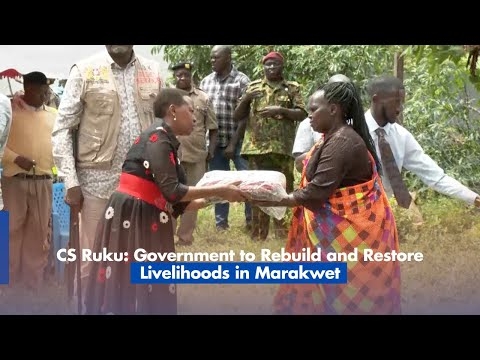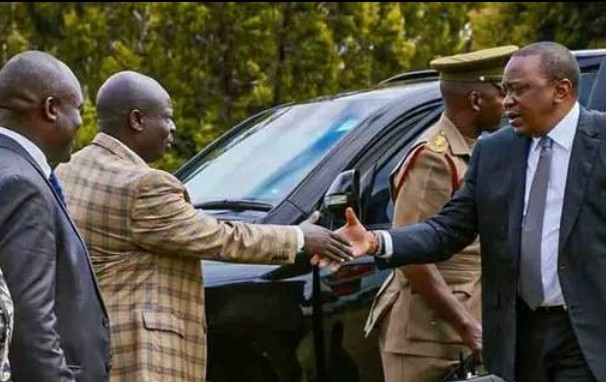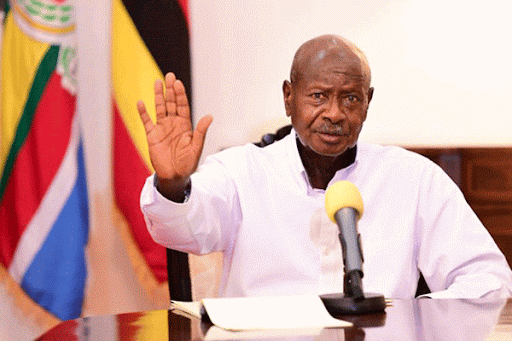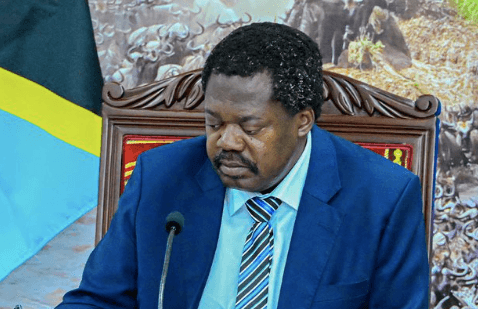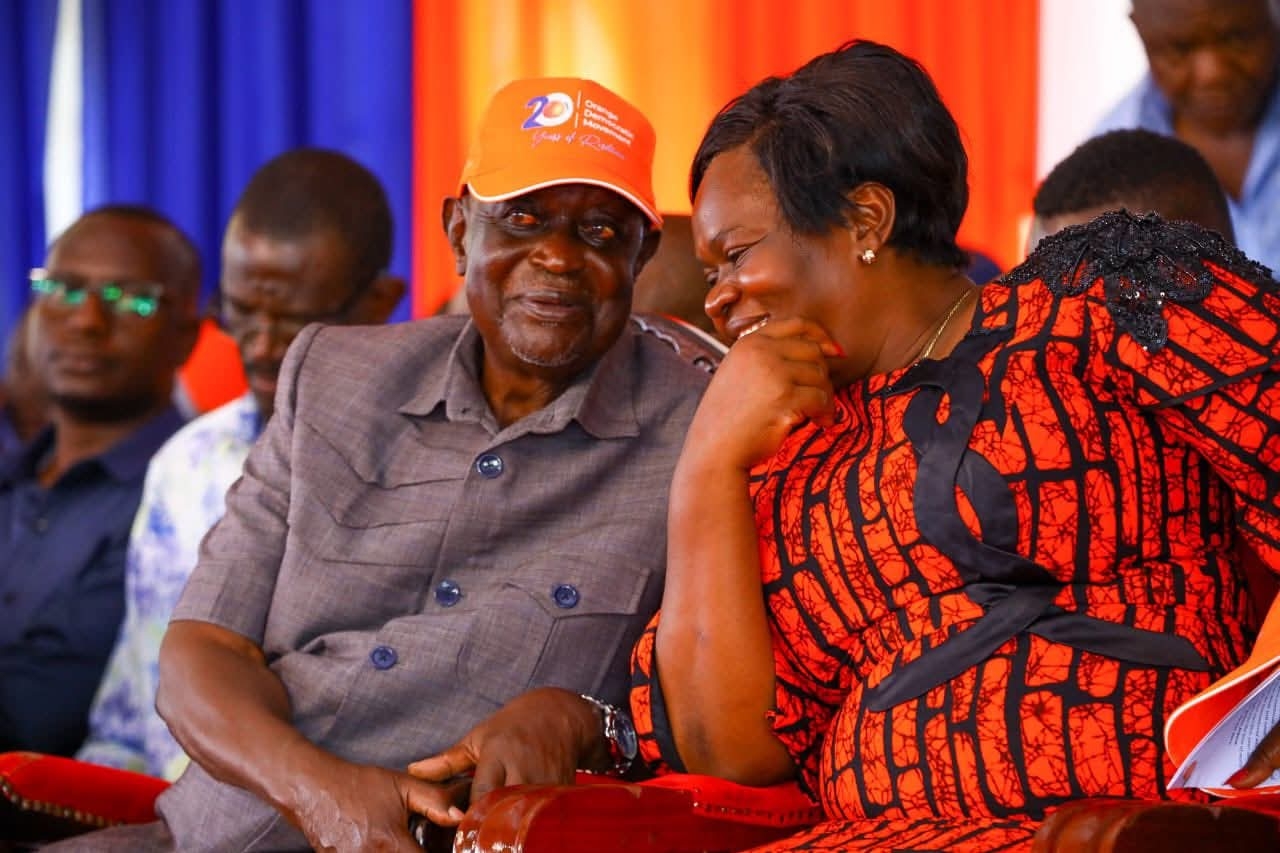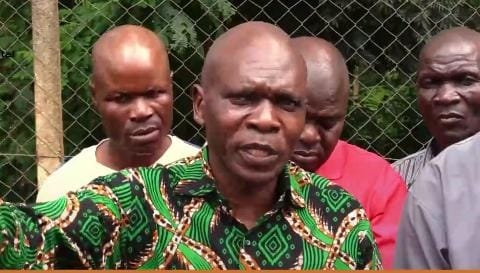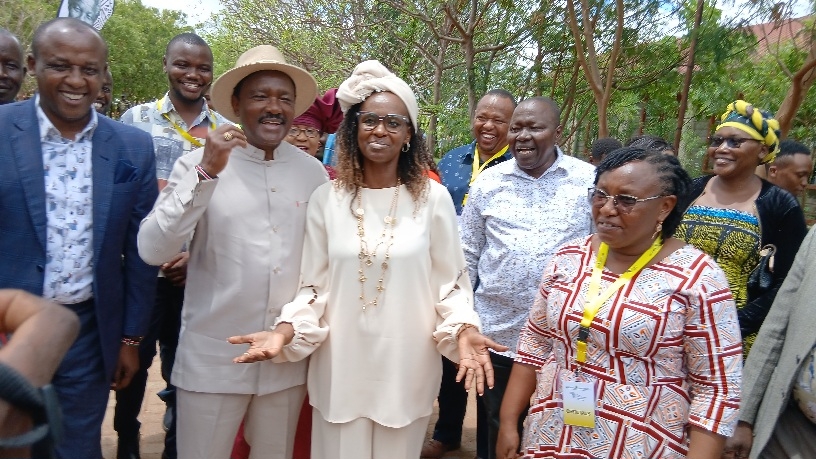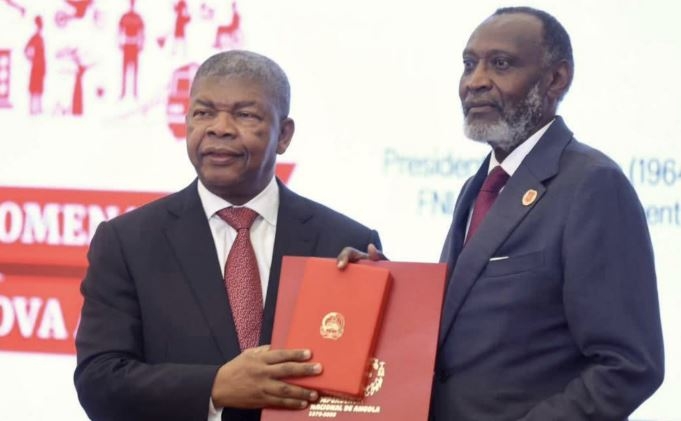
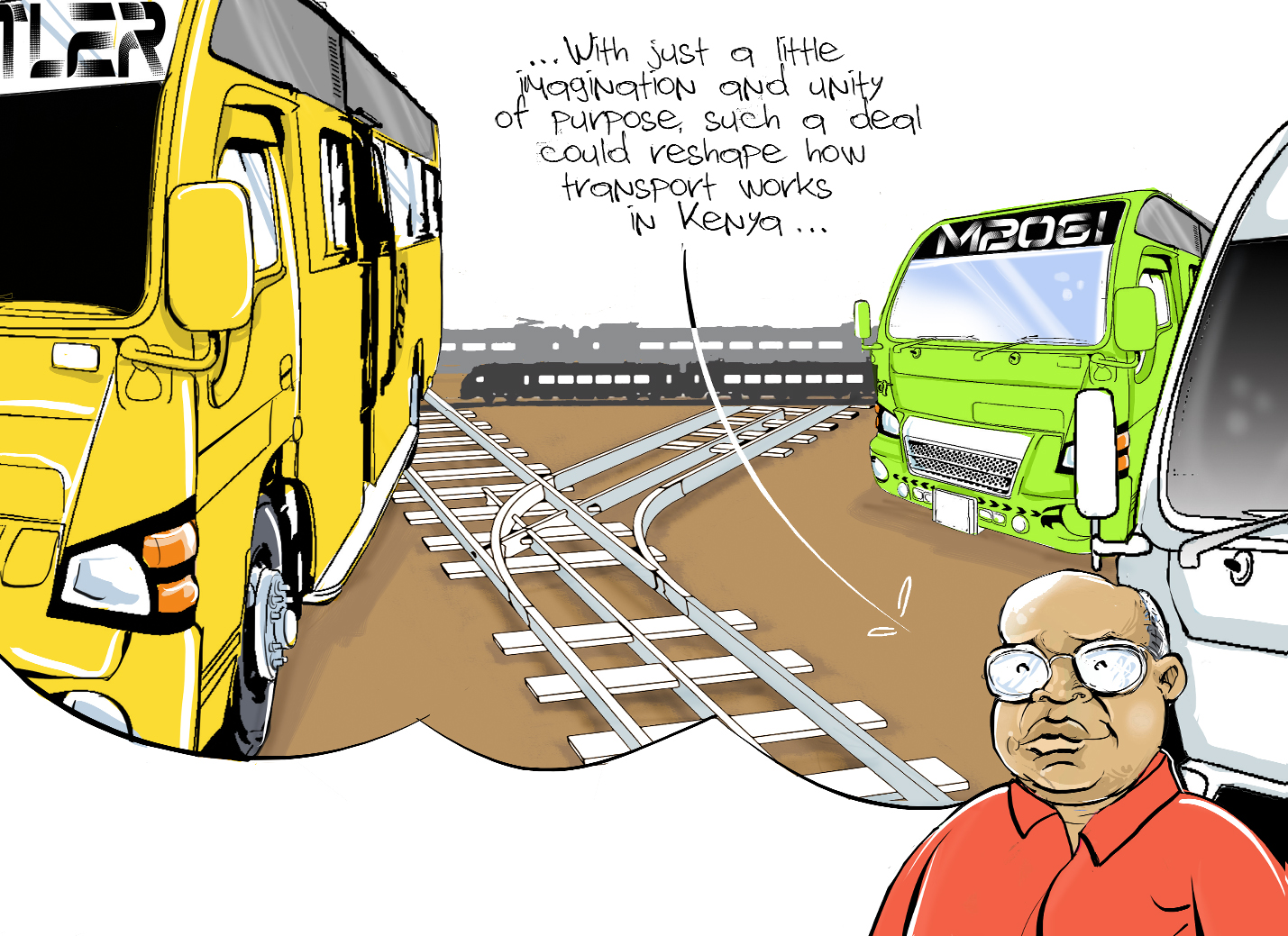
In 2011, shortly after I moved to South Africa, I came across what initially seemed like a hare-brained scheme by that country’s matatu sector, known as the taxi industry, to launch an airline.
At first, the idea of a matatu airline was laughable. However, on closer inspection, I recognised the idea for how forward-looking it was. Today, I would describe the idea from the South African National Taxi Council, Santaco, as a stroke of genius.
Sadly, the proposed low-cost airline never materialised. While there was initial interest and support, the project did not get beyond initial discussions and proposals.
I have spent the last three months going up and down a section of the Malindi-Lamu road. While on my meanderings, I have observed the trucks, buses and matatus that travel up and down every day between Mombasa and Garissa and beyond on both sides.
Now, I have come up with a crazy idea of my own, which, of course, nobody in Kenya will ever consider. Nevertheless, I am happy to share it freely.
Imagine an SGR route from Mombasa to Garissa with potential offshoots to join the long-awaited Lamu Port-South Sudan-Ethiopia-Transport (Lapsset) Corridor railway in the north, and Tanga in Tanzania in the south.
The matatu sector is choking on congestion, and they will keep fighting over scraps if they don’t think long-term. They have got the capital, at least in principle. Their saccos are sitting on billions in collective savings. Imagine if someone dared propose they use the money to build a railway.
The numbers are within range. Based on the amount spent on the Nairobi to Mombasa SGR line, alleged kickbacks and other illegalities included, a 500km electric SGR from Mombasa to Garissa would cost around $3.6 billion (Sh465 billion).
Imagine if it were structured as a cooperative venture. Maybe a joint special purpose vehicle that gives both the trucking industry, the cross-country buses and the matatus seats at the table.
The matatu saccos could buy equity in that SPV and call it infrastructure savings. It could offer investment slots based on sacco strength and transparency. Even smaller rural saccos could contribute modestly and still have a stake.
With just a little imagination and unity of purpose, such a deal could reshape how transport works in Kenya.
Imagine trucks hauling containers to their own terminals with buses and matatus running feeder routes to the SGR stations, and all three industries reducing fuel dependency across the board.
If this particular venture worked out, imagine how it could be replicated across the country.
Putting this idea in motion would be uplifting Northern Kenya: Garissa, Tana River, Lamu, Kilifi and Kwale. A corridor that is ripe for economic development.
Of course, it would not just be about self-funding. The industry would still need to approach serious partners. I can think of a few right away.
For instance, the African Development Bank. They have funded transport corridors across Africa. I am sure they would love a pan-African, bottom-up infrastructure model like this.
For climate alignment, the consortium could tap into the Green Climate Fund or Climate Investment Funds. An electric railway is gold for green infrastructure financiers.
Domestically, we can’t ignore the Public-Private Partnership Directorate. If we can get the National Treasury or KDC on board, we could unlock sovereign guarantees or land access.
If I were them, I would add the county governments along the route, too. I am sure they’d be eager to contribute land, terminal rights or even direct investment.
Such a transporters’ consortium would be offering them a development lifeline.
Meanwhile, the matatu and trucking industries have allies in banks with deep sacco roots, such as Equity and Coop Bank. These could structure infrastructure bonds or syndicated loans tailor-made for them.
Let’s be clear, this would not be charity. Think of it as a commercially sound idea. The route would attract freight from Lamu, livestock from Isiolo, produce from the Tana Delta and passengers. The consortium could build its own revenue model. They would just have to get past the doubting Thomases.
This would be a once-in-a-generation chance to rewrite Kenya’s transport story. All it would need would be some serious forward-thinking and boldness.



